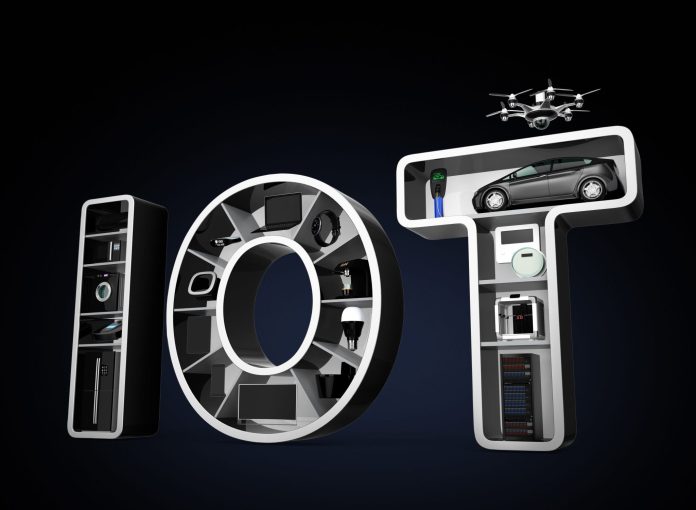Despite being hailed as a breakthrough technology, NB-IoT connectivity has so far failed to live up to its initial hype, with delayed deployments, and connections currently in the millions, rather than the billions promised.
Applicable to anything static or mobile which can support a sensor and connect to a network, the IoT has applications across agriculture, consumer markets, health, industry, public utilities and more. Increased crop yields, reduced energy bills and other benefits are all for the taking with the accompanying data analysis.
While the benefits of the IoT are all too clear, the rollout of Narrowband (NB) IoT networks is slow. This standards-based low power, wide area network (LPWAN) technology saves energy by improving the power consumption of devices, lowers the impact on system capacity, and is spectrally efficient and secure. It can support battery life of up to ten years, and provides deep indoor, underground and rural coverage where other technologies may not be available, further extending the range of applications that it can support.
According to the GSMA, there are 104 commercial NB-IoT networks worldwide. Given the potential, that’s not many. NTT DoCoMo said last year that it was discontinuing its NB-IoT service – yet businesses like semiconductor specialists Avnet Silica are seeing 70% of OEMs requesting NB-IoT connectivity. So, if the demand is there, where’s the problem?
Operators and enterprises are caught in a chicken and egg scenario that is stifling growth. Operators are reluctant to invest until enterprises are ready to deploy devices, while enterprises are reluctant to deploy devices while coverage is not widely available. Yet if NB-IoT connectivity can be harnessed successfully, it will generate new revenue streams and accelerate wider IoT adoption, heralding the evolution of Industry 4.0.
The success of mobile networks today is based on a thriving ecosystem, fuelled by economies of scale. There are billions of mobile phones and users – the point at which GSM became profitable was a long time ago. The same success is possible for NB-IoT if potential players in the ecosystem are willing to invest in building the networks and developing the devices.
Operators are slowly deploying NB-IoT at a national level, but little has been done to deploy it on the international level. While launching the technology itself has not been an issue, the industry has struggled to find a new harmonized business model, which is required for operators to launch the international roll-out. No-one looking to adopt a new service, wants to deal with difficulties or issues – today’s enterprises and OEMs expect straightforward out-of-the-box experiences, with instant international reach. Overcoming these hurdles is key if operators are to deliver on this expectation.
There are encouraging signs of progress though. If industry can increase the activity around building an ecosystem, there are rich rewards to be had. According to research from Kaleido Intelligence, some 2.5 billion LPWAN connections are expected by 2025 – this represents a substantial opportunity for operators.
To catalyse the market, enterprises need to know that the network operators, manufacturers and module makers are working together in a cohesive, collaborative way, and that they are committed to making a success of NB-IoT around the world. End-users need confidence to buy the services, and manufacturers need to know they can easily embed connectivity solutions that will work across networks and across borders.
For NB-IoT to truly be a success, it needs to be approached as a global service. Devices may be manufactured in one market, deployed in another; customers will look to replicate implementations if they have international operations. Standards will ensure compatibility, but there must be more concerted efforts to set up and sign agreements between operators to ensure seamless operability for the end-users. NB-IoT technology is only part of the solution – the key to its monetization is a thriving ecosystem.
There is a wealth of valuable new revenue streams to be exploited, and not only for the manufacturers and operators. It’s the all-important enterprise customers who will discover an ever-increasing number of innovative deployments that NB-IoT networks can facilitate, and these will create more efficient, sustainable practices and power the advance of Industry 4.0.

